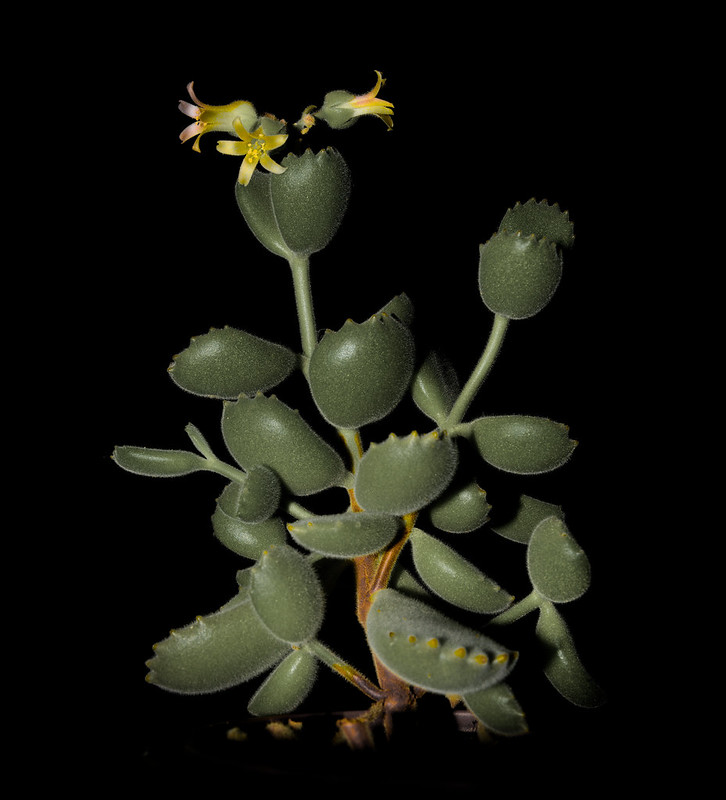29
1
‘Mind-boggling’ palm that flowers and fruits underground thrills scientists
(www.theguardian.com)
31
1
33
1
34
1
Botany
0 readers
0 users here now
founded 2 years ago
